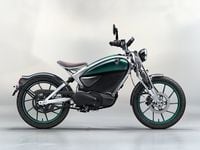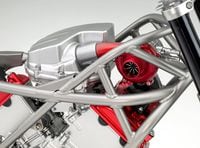1) The Panigale's 1285cc Superquadro engine features the largest piston of any Ducati to date, measuring 116mm in diameter. As we learned in European Editor Bruno dePrato's recent story on the engine, the decision to increase bore by 4mm rather than lengthen stroke was made to maintain the engine's outer dimensions. Along with the new pistons come a new crankshaft, connecting rods, and steel cylinder liners.
2) Peak output is a claimed 205 hp. There's also a claimed 15-percent increase in torque throughout the midrange from 5,000 to 8,000 rpm. The engine feels very strong bottom to top.
3) While the base model Ducati 1299 Panigale has a 50mm Marzocchi fork and a Sachs shock, the S model gets an Öhlins Smart EC NIX30 43mm fork and TTX36 shock featuring electronic compression and rebound damping adjustment. It has both fixed and semi-active modes. The Smart EC event-based algorithm is tuned differently within each ride mode and can also be fine-tuned within each mode.
4) The three ride modes—Race, Sport, Rain—may be altered from the factory default. The modes include several customizable parameters affecting power delivery, the suspension, and the Öhlins electronic steering damper. The following parameters are displayed on the dash: Quick-Shift preference (up/down, up only or off), traction-control (DTC) level, engine brake (EBC) level, wheelie control (DWC) level, and ABS setting. There's also a new +/- switch on the left bar that allows on-the-fly adjustment of DTC, EBC, or DWC. This feature only functions while in Race mode and only one adjustable parameter can be assigned to the +\- switch. Altering the +/- assignment requires the bike to be stationary.
5) The new electronics package utilizes a Bosch Inertial Measurement Unit (gyro) that plays a key role in the adjustable DWC and Cornering ABS. Lean angle can be displayed real-time on the TFT dash, or peak values can be called up later along with lap times, peak rpm, and speed.
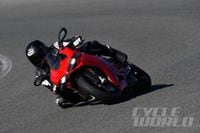
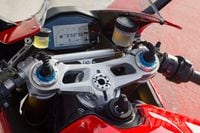
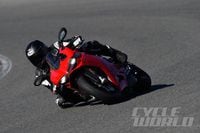
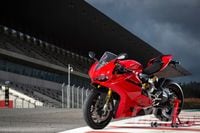
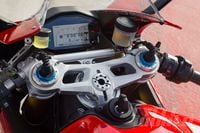
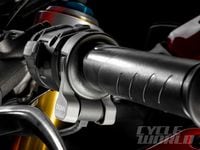
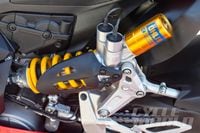
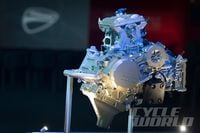
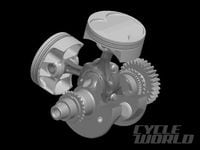
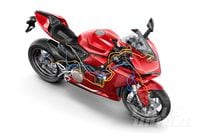
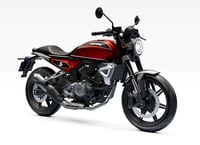
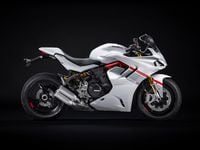










/cloudfront-us-east-1.images.arcpublishing.com/octane/3NTFFDEFQZFWNE4FOL2V6LKB3I.jpg)
/cloudfront-us-east-1.images.arcpublishing.com/octane/QAQ4UHGSV5FVPMZMUUVMUO4PQE.jpg)
/cloudfront-us-east-1.images.arcpublishing.com/octane/WITX54BXLRH2VDJYD3U6NA33BQ.jpg)
/cloudfront-us-east-1.images.arcpublishing.com/octane/U4WPVLMA4ZCCTCS3UL5WZQDXQY.jpg)

